There is something about the wind in every travel, it could either make or break a trip. When planning a visit to the Treasure State, you might have wondered “Is Montana windy?” Well, the answer is a resounding yes.
Ranks among the top 10 windiest states in the U.S., you have plenty of wind around Montana if ever you crave the thrill of it in your hair and the unstoppable energy it brings. And if you’ve ever stepped onto Montana’s windy city streets and wondered why some places seem to have an endless supply of wind, I’ve got the answers you’ve been searching for.
In this article, I’ll take you on a wild ride through Montana’s windiest cities and share some incredible wind insights with you. Know if the place you’re planning to visit is a windy spot and prepare for potential wind events.
Whether you’re a curious traveler seeking out new adventures or just someone who appreciates the wonders of nature, understanding Montana’s wind patterns can be both fascinating and practical.
- Related article: Montana Forecast
So, grab a warm jacket, feel a gust of wind insights that could almost lift you off your feet, and get ready to be blown away by the beauty and wind-kissed wonders of Big Sky Country!
7 Key Takeaways on the Windy State of Montana
- Montana is consistently windy, with an average speed of 21.03 mph (33.8 kph), making it one of the top 10 windiest states in the U.S.
- The windiest city in Montana is Livingston, experiencing gusts of at least 30 mph (48.3 kph) 67% of the year.
- Great Falls is also quite windy, especially in December and January due to the unique chinook winds.
- The eastern slope of the Rockies is the windiest region in Montana with Deep Creek, southeast of East Glacier on the Rocky Mountain Front, as the windiest spot.
- Montana ranks as the second windiest state in the U.S. which is windier than most states, particularly in the West and Great Plains regions.
- The windiest time in Montana is in April and May.
- High wind alerts and wind chills are common in central Montana, so it’s important to be prepared.
How Windy Is Montana?
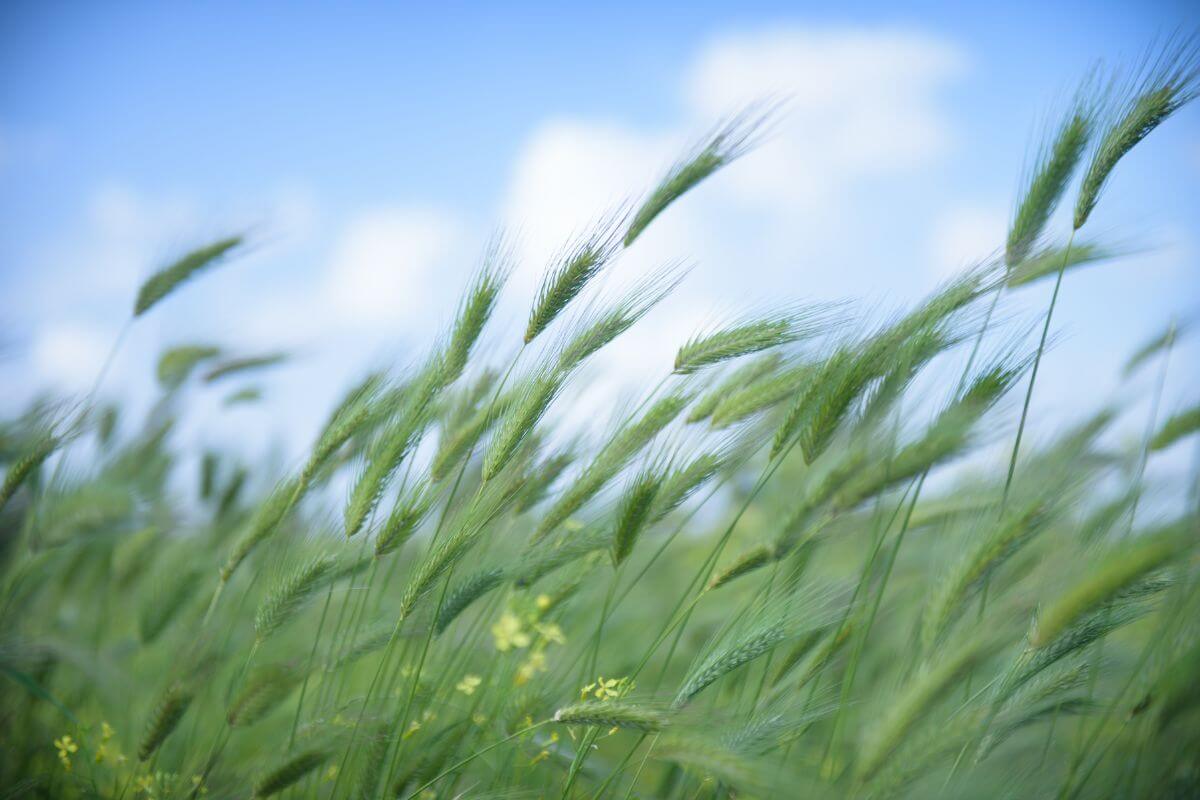
If you’ve ever stood on a Montana mountaintop, you know that the Big Sky Country can pack a punch when it comes to wind. But just how windy are we talking?
Montana isn’t called the Big Sky Country for nothing; it’s one of the top 10 windiest states in the U.S., with an average wind speed of 21.03 miles per hour (mph) or 33.8 kilometers per hour (kph).
Late winter brings some of the most intense winds as warm, moist air from the Pacific Ocean reaches the Rockies, loses moisture, and slams down the east slope at high speeds. In summer, thunderstorms from the Gulf of Mexico can also whip up violent but short-lived winds.
The science behind Montana’s winds is all about the differences in atmospheric pressure. When there’s a disparity in pressure, air moves from higher to lower pressure areas, and that’s when you feel the breeze—or, in Montana’s case, the occasional gusty winds. These differences in air pressure are caused by temperature.
Montana Windiest Cities
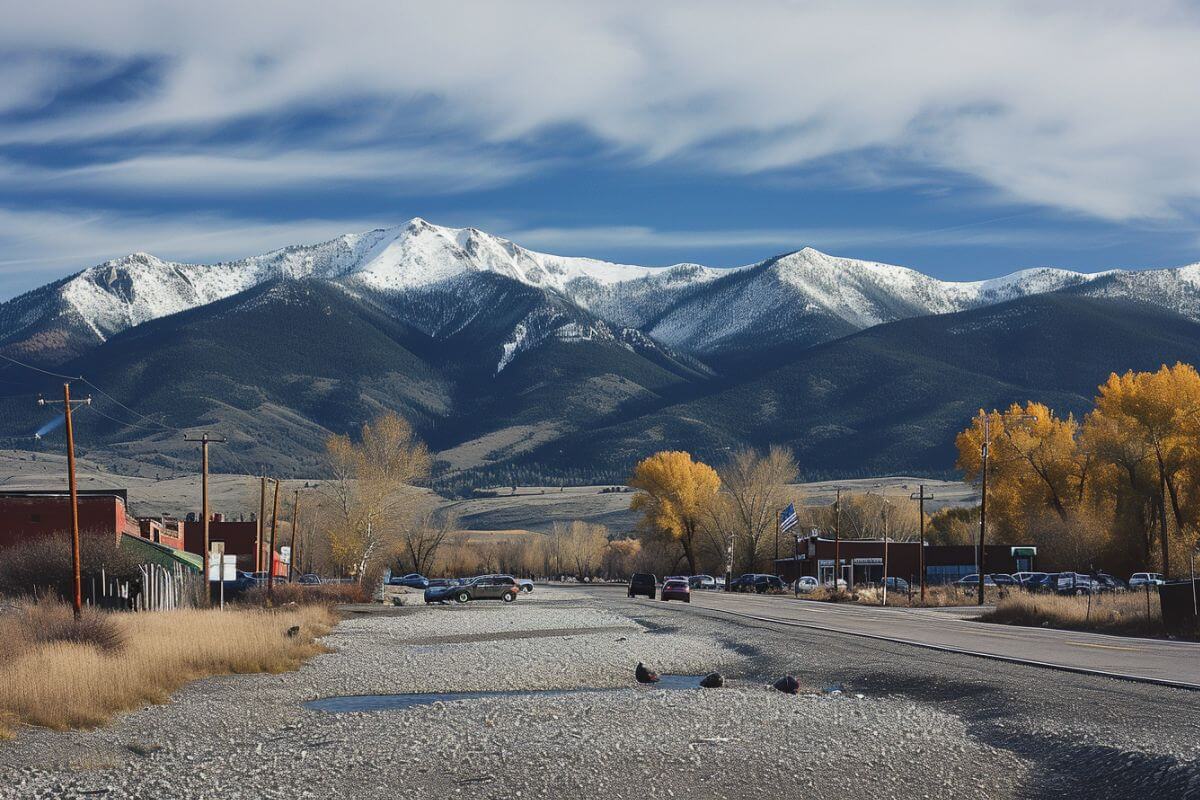
If you’re someone who loves a good breeze or wants to avoid a hair-raising experience, let’s take a look at the top 10 windiest cities in Montana.
| Windiest City Rank | City | Average Wind Speed |
| 1 | Livingston | 15.2 mph (24.5 kph) |
| 2 | Harlowton | 13.6 mph (21.9 kph) |
| 3 | Cut Bank | 12.7 mph (20.4 kph) |
| 4 | Roy | 12.2 mph (19.6 kph) |
| 5 | Great Falls | 12.1 mph (19.5 kph) |
| 6 | Inverness | 11.6 mph (18.7 kph) |
| 7 | Big Timber | 11.5 mph (18.5 kph) |
| 8 | Judith Gap | 11.2 mph (18.0 kph) |
| 9 | Baker | 11.1 mph (17.9 kph) |
| 10 | Glasgow | 11.0 mph (17.7 kph) |
According to the data, Livingston takes the crown as the windiest city, with the peak daily wind gust hitting at least 30 miles per hour (48.3 kph) a whopping 67 percent of the year. That’s like living on a perpetual roller coaster!
But don’t let your guard down in Great Falls; while it may not be the windiest, it’s no stranger to a gust or two. Great Falls experiences peak gusts of 30 miles per hour (48.3 kph) for about 169 days, or 46 percent of the year.
With an average annual wind speed of 12.1 mph (19.5 kph), Great Falls is the highest among large cities in Montana with December as the windiest month of the year. This is thanks to the famous Chinook winds that sweep down from the Rocky Mountains.
If you’re a fan of the wind or just want to experience a new kind of weather, both Livingston and Great Falls have got you covered. Just remember to hold on to your hat!
Top Windiest States in the U.S.
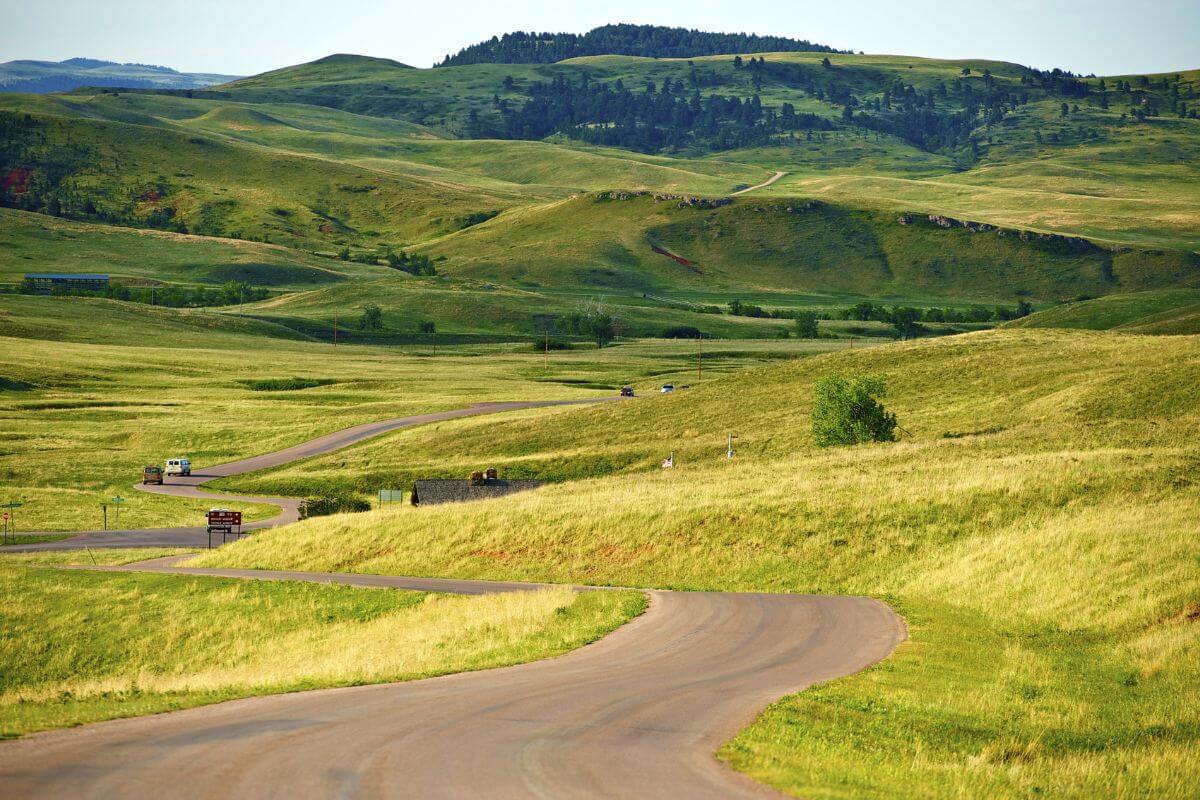
In the United States, the landscape is as diverse as its weather patterns. Some states within the vast geographical tapestry of the nation are windier than others, showcasing the raw power and unpredictability of nature.
From the sweeping plains to the rugged coastlines, these states experience gusts that leave an indelible mark on their environment.
| Windiest State Rank | State | Average Wind Speed |
| 1 | South Dakota | 21.3 mph (34.3 kph) |
| 2 | Montana | 21.0 mph (33.8 kph) |
| 3 | Wyoming | 20.9 mph (33.6 kph) |
| 4 | Idaho | 20.6 mph (33.1 kph) |
| 5 | Colorado | 20.2 mph (32.5 kph) |
| 6 | Maryland | 19.7 mph (31.7 kph) |
| 7 | Virginia | 19.3 mph (31.1 kph) |
| 8 | Missouri | 19.3 mph (31.1 kph) |
| 9 | Kansas | 19.3 mph (31.1 kph) |
| 10 | North Dakota | 18.8 mph (30.2 kph) |
These states aren’t just breezy; they’re practically wind tunnels! According to David Glickson from the U.S. Department of Energy’s National Renewable Energy Laboratory, it’s not an easy comparison to make. “There are great variances in wind speed depending on the type of measurement and location,” he explains.
In general, the windiest states are found in the West and the Great Plains, while the Southeastern states tend to be the least windy. And, did you know that the Great Lakes create their unique wind patterns?
On sunny days, the difference in temperature between the water and land generates what’s called a “lake breeze.” States in this region can experience cool lake winds, especially in the summer. So, if you’re a fan of wind or a wind turbine enthusiast these states should be on your radar.
Montana Wind Facts
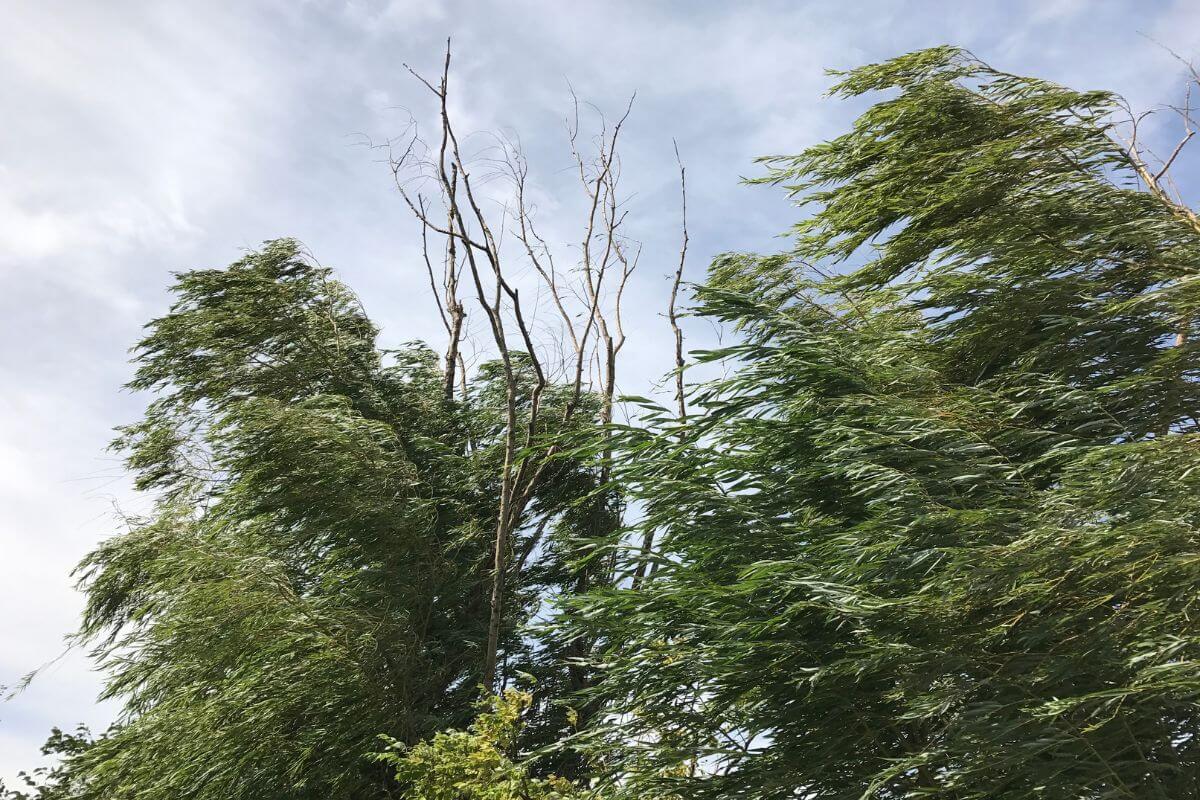
Montana is no stranger to the whims of the wind. From notorious wind spots to the windiest times of the year, here are some Montana wind insights that might blow you away.
So, whether you’re planning a winter hike or a summer drive, knowing Montana’s wind patterns can help you prepare for anything from a gentle breeze to a howling gale.
Windiest Time in Montana
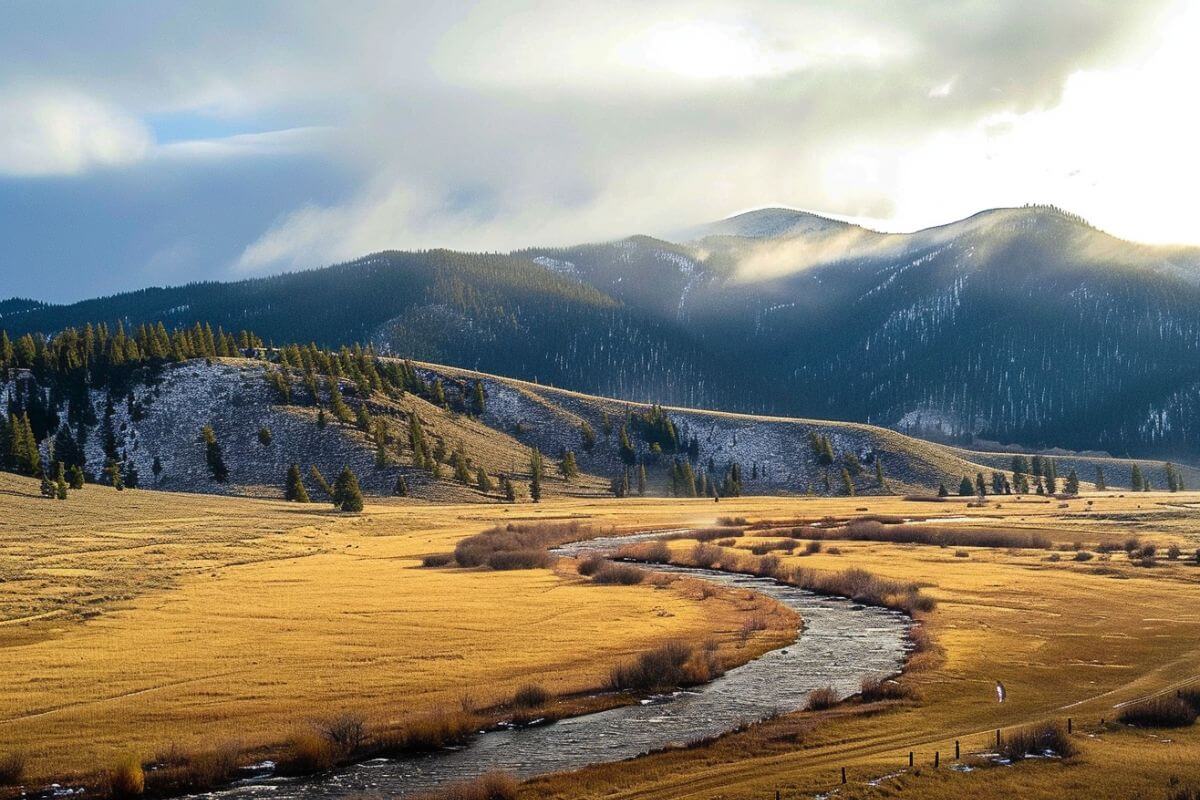
When it comes to wind events, Montana has its own calendar. The windiest time statewide is in April and May, while North Central Montana experiences its gustiest season from November to February.
Historically, most of Montana, including Helena and Great Falls, has its strongest average daily wind speed from late November, through December into January.
And here’s another tidbit about Montana’s wind: the weakest winds tend to occur in the mornings, while the strongest winds pick up from early to midafternoon. So, if you’re planning a trip to Montana and want to avoid battling strong winds, it might be best to plan your outdoor activities accordingly.
Despite the surprising timing of Montana’s windy season, knowing when to expect the strongest winds can make all the difference in your travel experience.
Windiest Parts in Montana

When exploring the vastness of Montana, be prepared to be swept away by the power of the wind, particularly on the eastern slope of the Rockies.
The Livingston area and the Rocky Mountain Front stand out as the two windiest locations in this state. The Rocky Mountain Front, a towering 110-mile stretch of mountains, begins at the southern end of Glacier National Park and commands attention with its fierce winds.
Deep Creek, located 11 miles southeast of East Glacier on the Rocky Mountain Front, takes the title as Montana’s windiest location, boasting an average daily wind speed of 17.8 mph (28.6 kph). In this rugged terrain, the wind’s raw, unyielding force is both awe-inspiring and humbling.
Yet, in eastern Montana, the wind’s impact is not solely shaped by topography. Rather, it carves its path, with prevailing winds from the northwest in winter and the southeast in summer.
The strongest winds are typically felt on ridges and across open country, producing high average wind speeds that leave a lasting impression on all who experience them. This unique interplay of wind and landscape makes Montana a destination unlike any other, and a testament to the untamed power of nature.
High Wind Alerts and Wind Chills in Montana
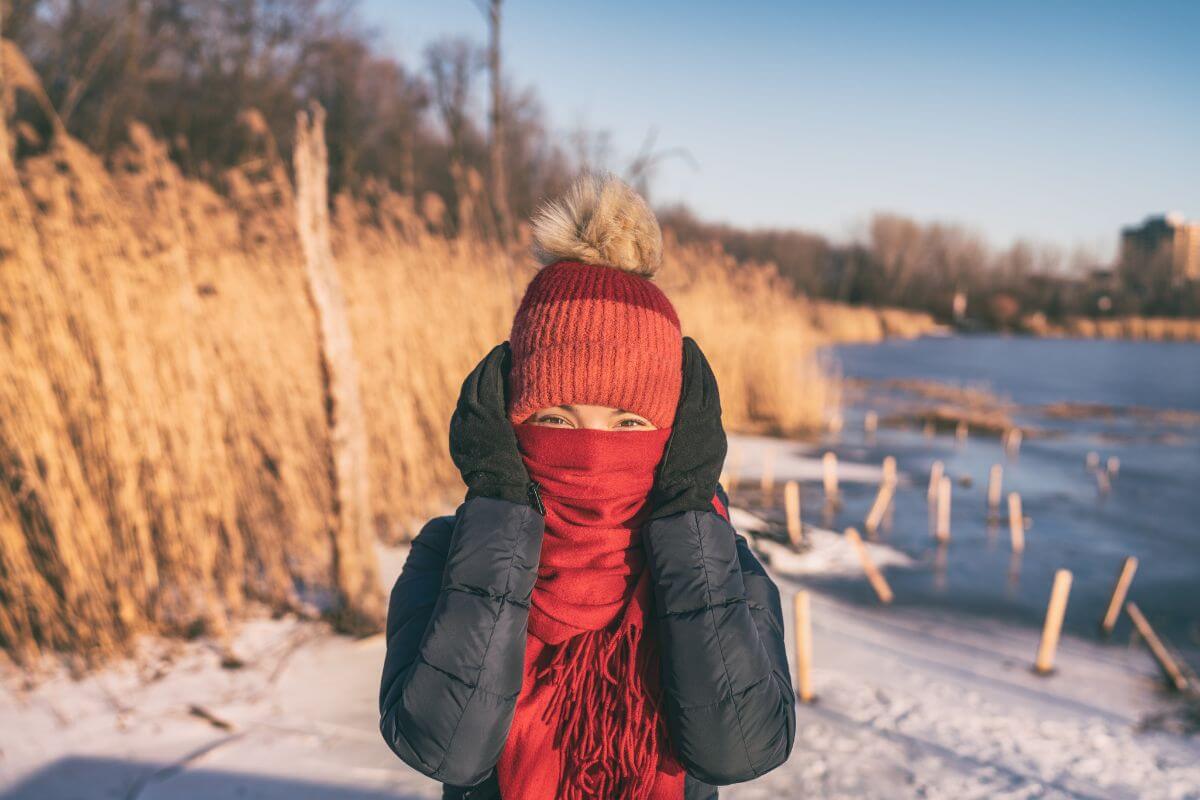
If you’re a central Montana resident, you’ve likely seen your fair share of high wind alerts. For those planning a trip to Central Montana, especially in the fall and winter, keep an eye out for these wind alerts:
- High Wind Watch – High Wind Watch alerts mean high winds are expected in the next 24 to 72 hours.
- High Wind Warning – High Wind Warning alerts mean high winds are imminent, likely within the next 12 hours.
And during the cold season in Montana, don’t forget about National Weather Service Wind Chill alerts:
- Wind Chill Warning – A Wind Chill Warning means very cold air and strong winds. Frostbite or hypothermia could occur in a matter of minutes so limit time outside, dress in layers, and cover up exposed skin.
- Wind Chill Watch – A Wind Chill Watch means there is a chance of very cold air and strong winds. Check the forecast and be prepared. Make sure your car has at least half a tank of gas, and update your winter survival kit.
- Wind Chill Advisory – A Wind Chill Advisory means seasonably cold wind chill values but not extremely cold values are expected or occurring. Be sure you and your loved ones dress appropriately and cover exposed skin when venturing outdoors.
So, whether you’re planning a spring hike or a winter drive, understanding Montana’s wind patterns can help you stay safe and comfortable. Keep these wind insights in your back pocket, and you’ll be well-prepared for any breeze, whether light or as strong as Montana’s hurricanes.
Montana Windiest Cities and Insights Final Thoughts
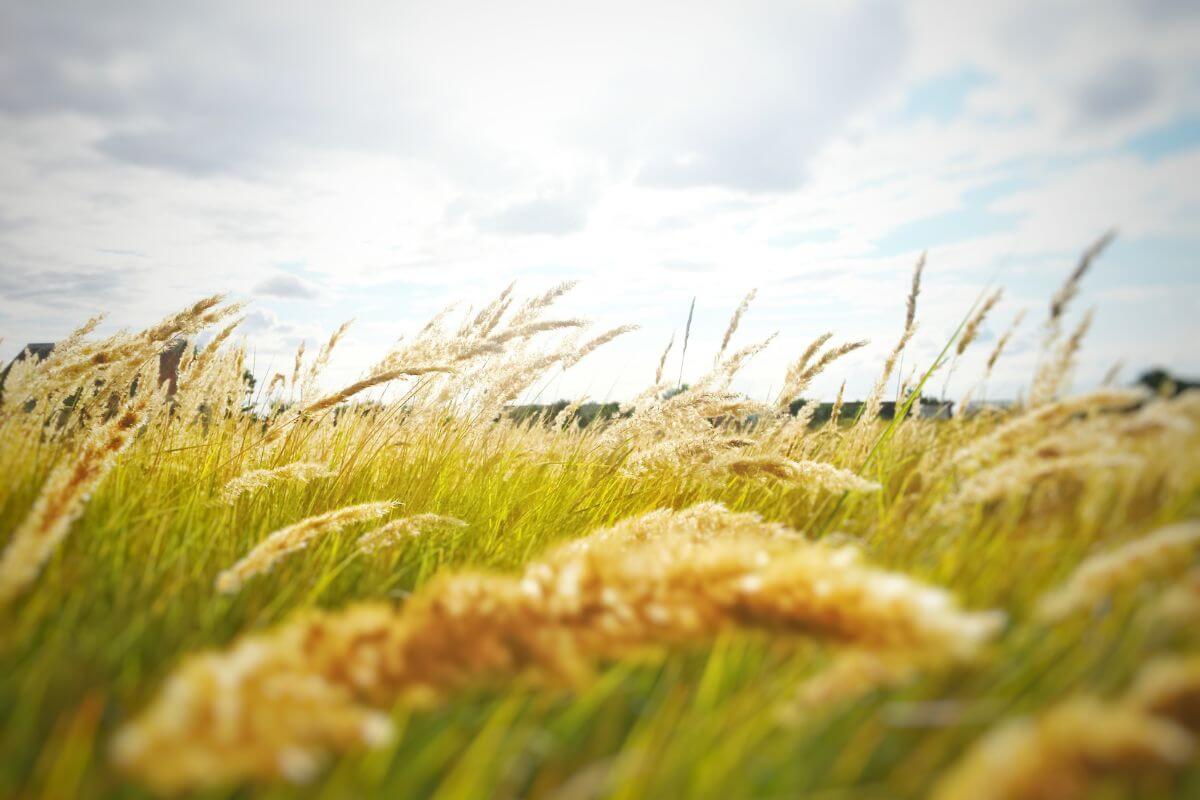
Montana’s winds are more than just a passing breeze; they’re a defining feature of the state’s character. From the windiest cities like Livingston and Great Falls to the science behind these gusts, Montana’s winds offer a unique experience for residents and visitors alike.
From the effects on outdoor activities to the unique charm it brings to the local culture, the wind in Montana leaves a lasting impression. If you’re seeking an adventure in the great outdoors or a glimpse into the untamed forces of nature, look no further than these windiest locations in Montana for an unforgettable experience.
So, as you plan your next trip to Big Sky Country, don’t forget to pack that sturdy hat and windbreaker. You’ll not only be ready to embrace the exhilarating gusts but also gain a deeper appreciation for the dynamic forces that shape Montana’s landscapes. Let the wind guide you as you explore the treasures of the Treasure State.
Montana Windiest Cities FAQs
1. Does Montana Get Windy?
Montana experiences windy conditions being named one of the top windiest states in the U.S.
2. Why Is Montana So Windy?
Montana’s winds are caused by its varied landscape of plains and mountains, affecting the flow of air masses.
3. How Much Wind Does Montana Get?
Montana has varying wind levels influenced by geography and weather. But the fastest wind gust ever recorded in Montana was a hurricane-force wind of 143 mph (230 kph) on February 21, 2002.
Delve deeper into Montana by reading the articles below:
- https://www.umt.edu/this-is-montana/columns/stories/montana-weather-13.php
- https://www.ncei.noaa.gov/pub/data/ccd-data/wndspd20.dat
- https://www.census.gov/data/tables/time-series/demo/popest/2020s-total-cities-and-towns.html
- https://deq.mt.gov/files/Energy/EnergizeMT/EnergySites/WindAtlas/Chapter3.PDF
- https://www.weather.gov/safety/cold-wind-chill-warning

